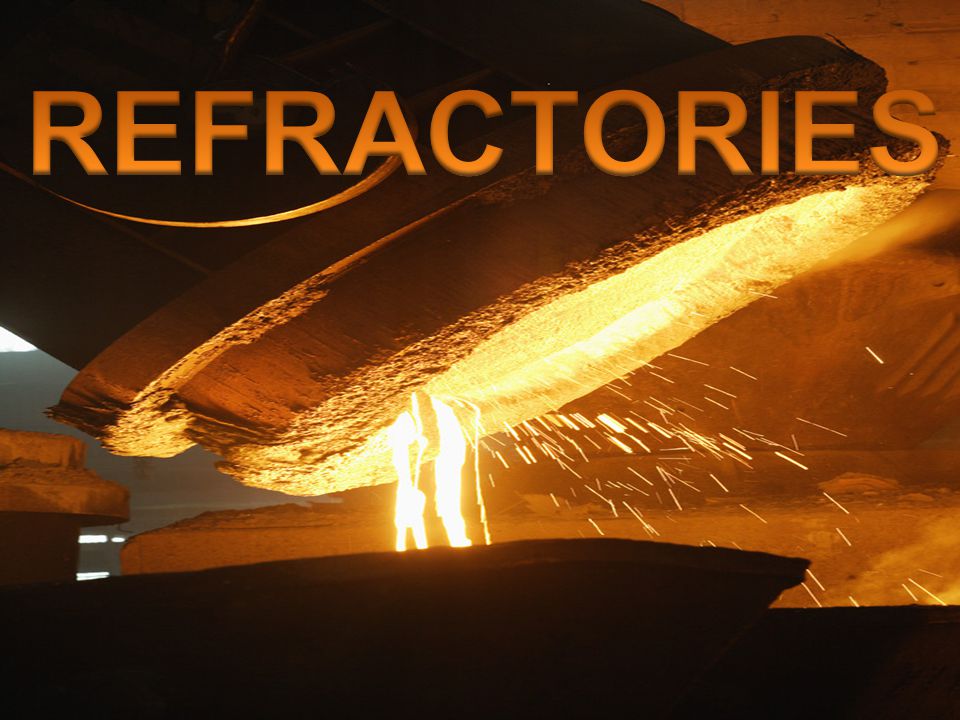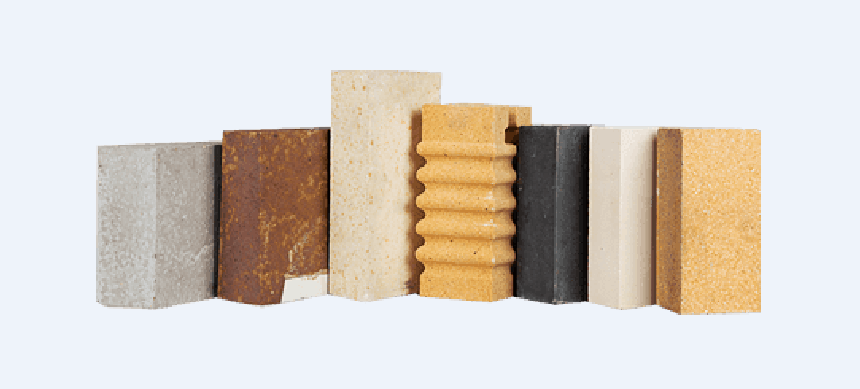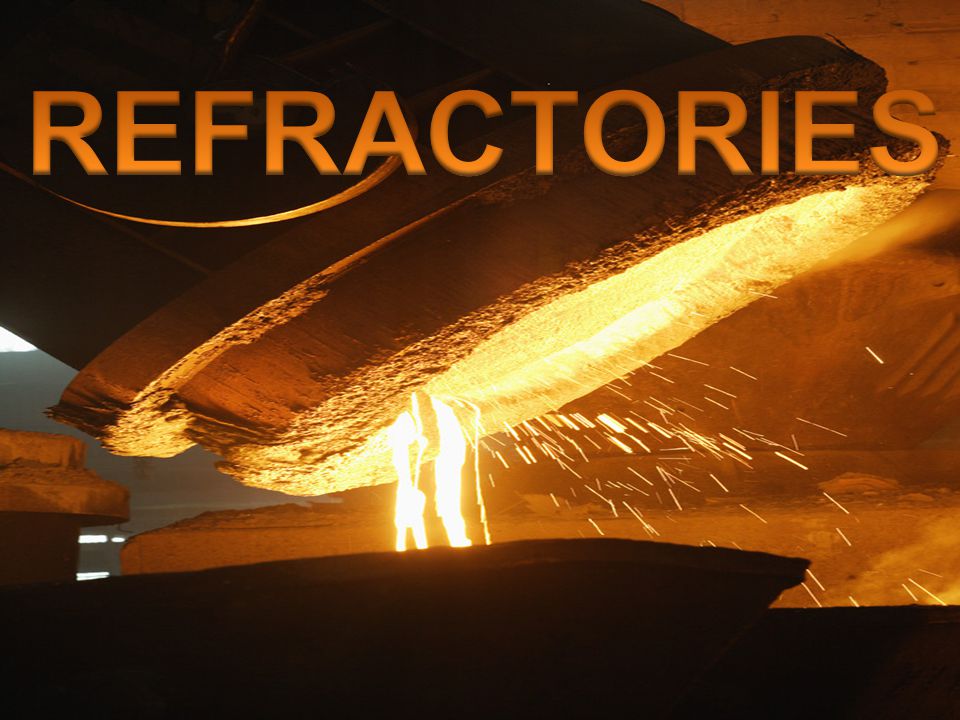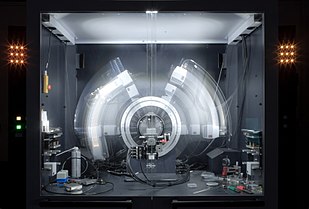How Are High-performance Refractory Materials Used in Modern Industries?

How Are High-Performance Refractory Materials Used in Modern Industries?
Refractory materials, such as refractory metals, alloys, compounds, and composites, have always been developed as high-tech materials due to their unique high melting point and some other unique properties and occupy an important position in the national economy.

High-performance Refractory Materials
For example, cemented carbide with WC as the hard phase has become the "Tooth" of modern industry, and titanium has become the third metal after iron and aluminum.
With the development of science and technology, more and more stringent requirements have been put forward for materials. Nowadays, traditional materials have been unable to meet these new needs, but refractory materials are playing an irreplaceable role in the fields of national defense and military industry, aerospace, electronic information, energy, chemical prevention, metallurgy, and nuclear industry.
Nuclear Industry
The application of refractory metals in the nuclear industry is mainly zirconium tubes followed by tungsten and molybdenum. Zirconium has good resistance to radiation and waterside corrosion, so it is especially suitable for various pipelines in "Clean Water" reactors.

REFRACTORIES
In order to strengthen nuclear safety and prevent nuclear leakage, the inertial energy storage device of tungsten-based high-density alloy used in the new generation of nuclear reactors can maintain the cooling cycle of 3-5 min without any power after the accident.
In this way, we can gain valuable emergency time for the handling of accidents and prevent the nuclear reactor from burning through and causing nuclear leakage. In addition, refractory metals and alloys are often used as storage tanks for nuclear waste.
Electronic Information Technology
In the new generation of integrated circuits, the need for heat dissipation and temperature tolerance will increase the demand for tungsten and molybdenum substrate as the wiring becomes thinner and thinner (currently up to 0.2μm). Refractory materials are also widely used in support parts, retaining rings, and base supports in the electronics industry.
Tungsten alloy and W-Cu composite materials are good electrode materials because tungsten has a good electron emission function, which has been widely used in EDM, electric locomotive guide blocks, ultra-high voltage switches, and welding in the power industry. In addition, W-Re alloy has replaced platinum as a thermocouple for temperature measurement on many occasions, and high-performance tungsten-rhenium wire has also been used as a picture tube to transmit electrons into thousands of homes.

Space, Ocean, and Medicine
Space, Ocean, and Medicine
In the 21 century, many countries are actively preparing to build space stations and underwater worlds in the hope of peaceful USES of outer space and the treasure houses of the sea. There are a lot of dust particles and space junk in outer space, which require high-intensity materials and at the same time can resist the radiation of high-energy rays in the universe.
Refractory materials have unique advantages here. For example, the former Soviet Union's Mir space station and the U.S. space shuttle used a lot of refractory materials.
Similarly, the corrosive action of seawater is intolerable to ordinary materials. Titanium is the best choice for creating a permanent human environment on the ocean floor. It is not only light in weight and high in strength but also has good corrosion resistance.
Niobium alloy has good resistance to blood corrosion and can be used to make vascular scaffolds. W, W-Mo, W-Re, and W-Graphite have been used as X-ray targets in medicine, saving countless lives.
Refractory metals are also used in the ultrasonic stone crushing electrode, multidimensional self-assembling ray grating, gamma knife and collimator of ultrasonic concentrator knife, and other advanced medical facilities.

X-ray targets in medicine
Other Applications
Tungsten and molybdenum have been widely used as the heating element, heat shield, crucible, and supporting parts for rare earth smelting in a high-temperature furnace. Large tungsten and molybdenum tubes, molybdenum electrodes, molybdenum plating, core rods, and hoppers have successfully replaced platinum in the glass and glass fiber industry and achieved great social and economic benefits. Refractory metals are also used as electrothermal components and thermal-measuring sleeves for the electrothermal knife and zinc smelting in the textile industry.
The content of refractory metals in the new generation of superalloys and intermetallic compounds will be further increased and optimized, while the toughened superalloys and intermetallic compounds of tantalum and niobium will be applied.
{{item.content}}
LEVE A REPLY
{{item.children[0].content}}
{{item.content}}






